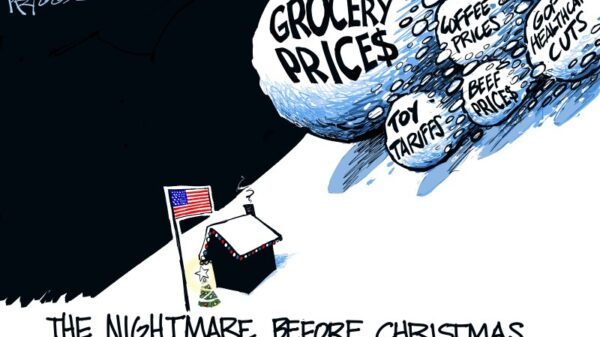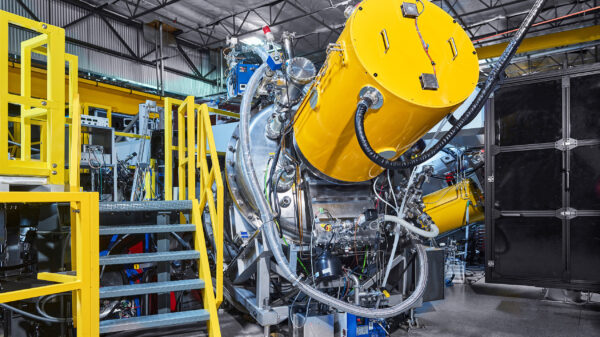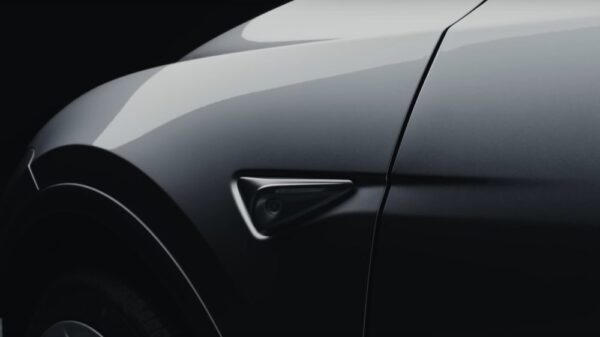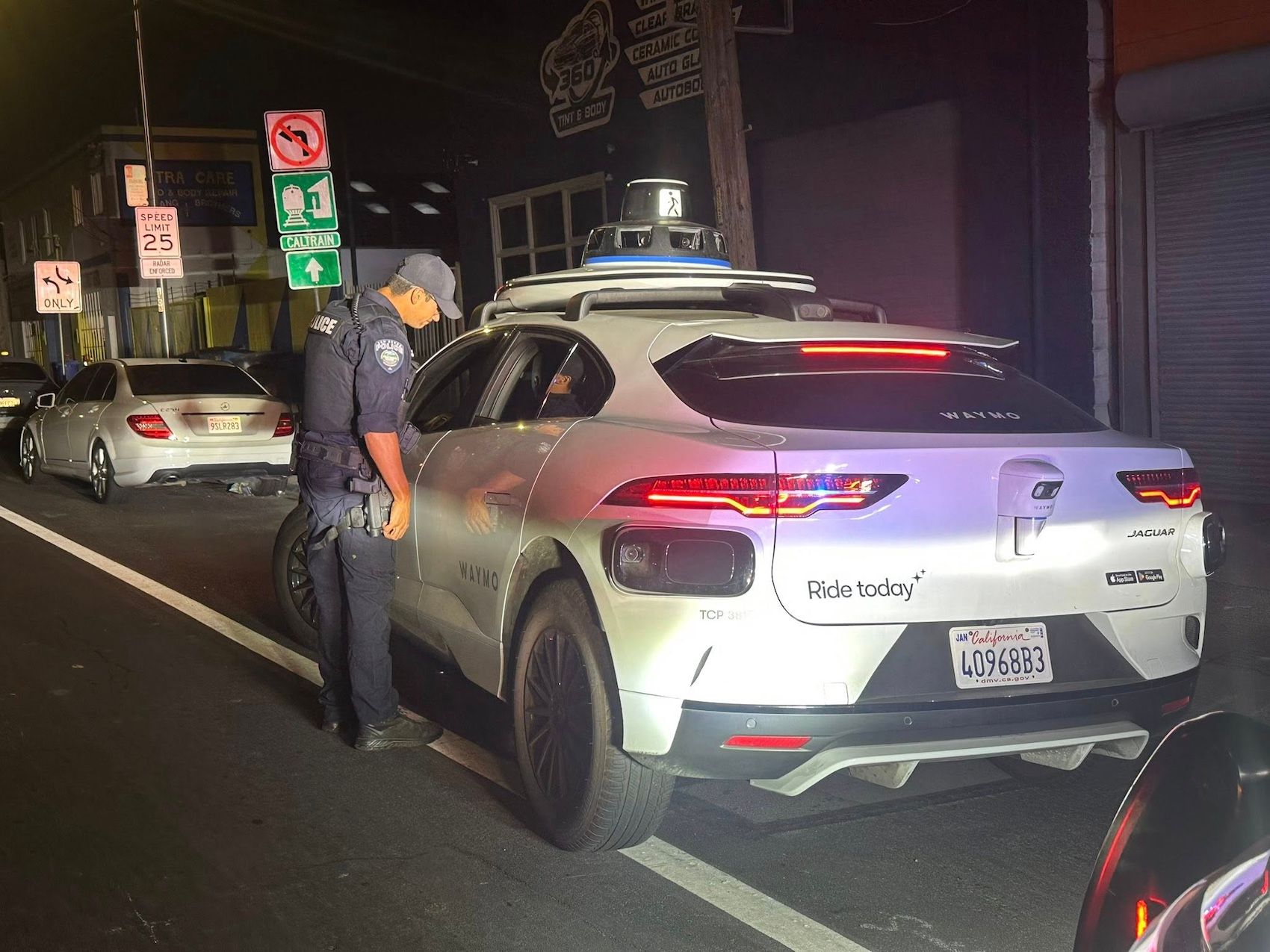A recent incident involving a driverless Waymo vehicle in San Bruno, California, has raised questions about how law enforcement will manage autonomous vehicles that violate traffic laws. The San Bruno Police Department witnessed the vehicle making an illegal U-turn at a traffic light while officers were on patrol for impaired drivers near the San Bruno Caltrain station.
Upon realizing there was no human operator in the Waymo, police officers notified the company of the situation. They described the event as a “glitch” and allowed the vehicle to continue its journey. The police department humorously noted on social media, “Since there was no human driver, a ticket couldn’t be issued (our citation books don’t have a box for ‘robot’).”
New Legislation to Address Accountability
This incident highlights a significant gap in current traffic regulations regarding autonomous vehicles. At present, there is no legal framework that allows police to issue citations to vehicles without drivers. However, a new California state law is set to take effect in July 2026, which will enable law enforcement to ticket driverless vehicle companies directly when their cars break traffic rules.
According to KRON4, the anticipated legislation aims to enhance accountability for companies operating autonomous vehicles. This development reflects a growing recognition of the need to adapt existing traffic laws to the evolving landscape of transportation technology.
In their social media post, the San Bruno Police Department expressed hope that the Waymo vehicle would be reprogrammed to prevent similar violations in the future. The department’s lighthearted approach to the situation underscores the ongoing challenges police face in adapting to the rise of autonomous vehicles on public roads.
As the technology continues to advance, the interactions between law enforcement and self-driving cars will likely become more complex. The upcoming legislation is expected to clarify responsibilities and ensure that companies are held accountable for their vehicles’ actions, ultimately enhancing road safety for all users.
The situation also raises broader questions about the implications of autonomous vehicles on traffic enforcement and public safety. As society moves towards a future where driverless cars become commonplace, both regulatory bodies and technology companies will need to collaborate to establish effective policies that govern this new mode of transportation.






































































